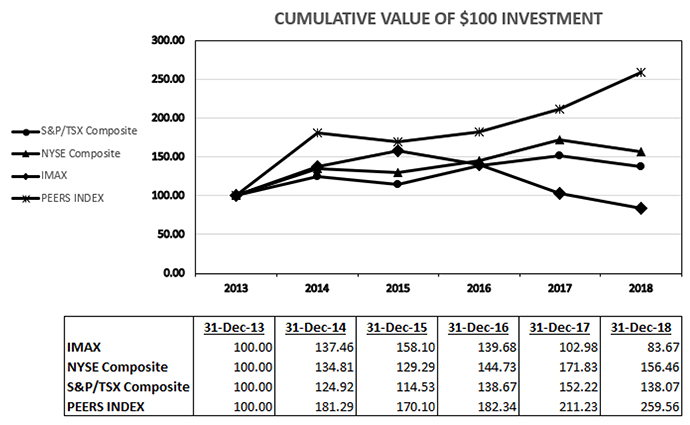information of the Company or its customers, employees, licensees and suppliers. Because the techniques that may be used to circumvent the Company’s safeguards change frequently and may be difficult to detect, the Company may be unable to anticipate any new techniques or implement sufficient preventive security measures. The Company seeks to monitor such attempts and incidents and to prevent their recurrence through modifications to the Company’s internal procedures and information technology infrastructure, but in some cases preventive action might not be successful. Moreover, the development and maintenance of these security measures may be costly and will require ongoing updates as technologies evolve and techniques to overcome the Company’s security measures become more sophisticated. Any such breach or unauthorized access could result in a disruption of the Company’s operations, the theft, unauthorized use or publication of the Company’s intellectual property, other proprietary information or the personal information of customers, employees, licensees or suppliers, a reduction of the revenues the Company is able to generate from its operations, damage to the Company’s brand and reputation, a loss of confidence in the security of the Company’s business and products, and significant legal and financial exposure, each of which could potentially have an adverse effect on the Company’s business.
In addition, a variety of laws and regulations at the international, national and state level govern the Company’s collection, use, protection and processing of personal data. These laws, including the General Data Protection Regulation, are constantly evolving and may result in increasing regulatory oversight and public scrutiny in the future. The Company’s actual or perceived failure to comply with such regulations could result in fines, investigations, enforcement actions, penalties, sanctions, claims for damages by affected individuals, and damage to the Company’s reputation, among other negative consequences, any of which could have a material adverse effect on its financial performance.
The introduction of new, competing products and technologies could harm the Company’s business.
Theout-of-home entertainment industry is very competitive, and the Company faces a number of competitive challenges. According to the National Association of Theater Owners, as at December 31, 2018, there were approximately 43,000conventional-sized screens in North American multiplexes. The Company faces competition both in the form of technological advances inin-home entertainment as well as those within the theater-going experience. In recent years, for instance, exhibitors and entertainment technology companies have introduced their own branded, large-screen 3D auditoriums or other proprietary theater systems, and in many cases have marketed those auditoriums or theater systems as having similar quality or attributes as an IMAX theater. The Company may continue to face competition in the future from companies in the entertainment industry with new technologies and/or substantially greater capital resources to develop and support them. If the Company is unable to continue to deliver a premium movie-going experience, or if other technologies surpass those of the Company, the Company may be unable to continue to produce theater systems which are premium to, or differentiated from, other theater systems.
As noted above, the Company facesin-home competition from a number of alternative motion picture distribution channels such as home video,pay-per-view, streaming services,video-on-demand,Blu-ray Disc, Internet and syndicated and broadcast television. The Company further competes for the public’s leisure time and disposable income with other forms of entertainment, including gaming, sporting events, concerts, live theater, social media and restaurants.
If the Company is unable to continue to produce a differentiated theater experience, consumers may be unwilling to pay the price premiums associated with the cost of IMAX theater tickets and box office performance of IMAX films may decline. Decliningbox-office performance of IMAX films could materially and adversely harm the Company’s business and prospects.
The Company is undertaking new lines of business and these new business initiatives may not be successful.
The Company is undertaking new lines of business. These initiatives represent new areas of growth for the Company and could include the offering of new products and services that may not be accepted by the market. The Company has recently explored initiatives in the fields of original content andin-home entertainment technology, both of which are intensively competitive businesses and which are dependent on consumer demand, over which the Company has no control. If any new business in which the Company invests or attempts to develop does not progress as planned, the Company may be adversely affected by investment expenses that have not led to the anticipated results, by write-downs of its equity investments, by the distraction of management from its core business or by damage to its brand or reputation. In December 2018, the Company recognized asset impairments and exit costs of $7.2 million related to investments in virtual reality.
In addition, these initiatives may involve the formation of joint ventures and business alliances. While the Company seeks to employ the optimal structure for each such business alliance, the alliance may require a high level of cooperation with and reliance on the Company’s partners and there is a possibility that the Company may have disagreements with its relevant partner with respect to financing, technological management, product development, management strategies or otherwise. Any such disagreement may cause the joint venture or business alliance to be terminated.
20
